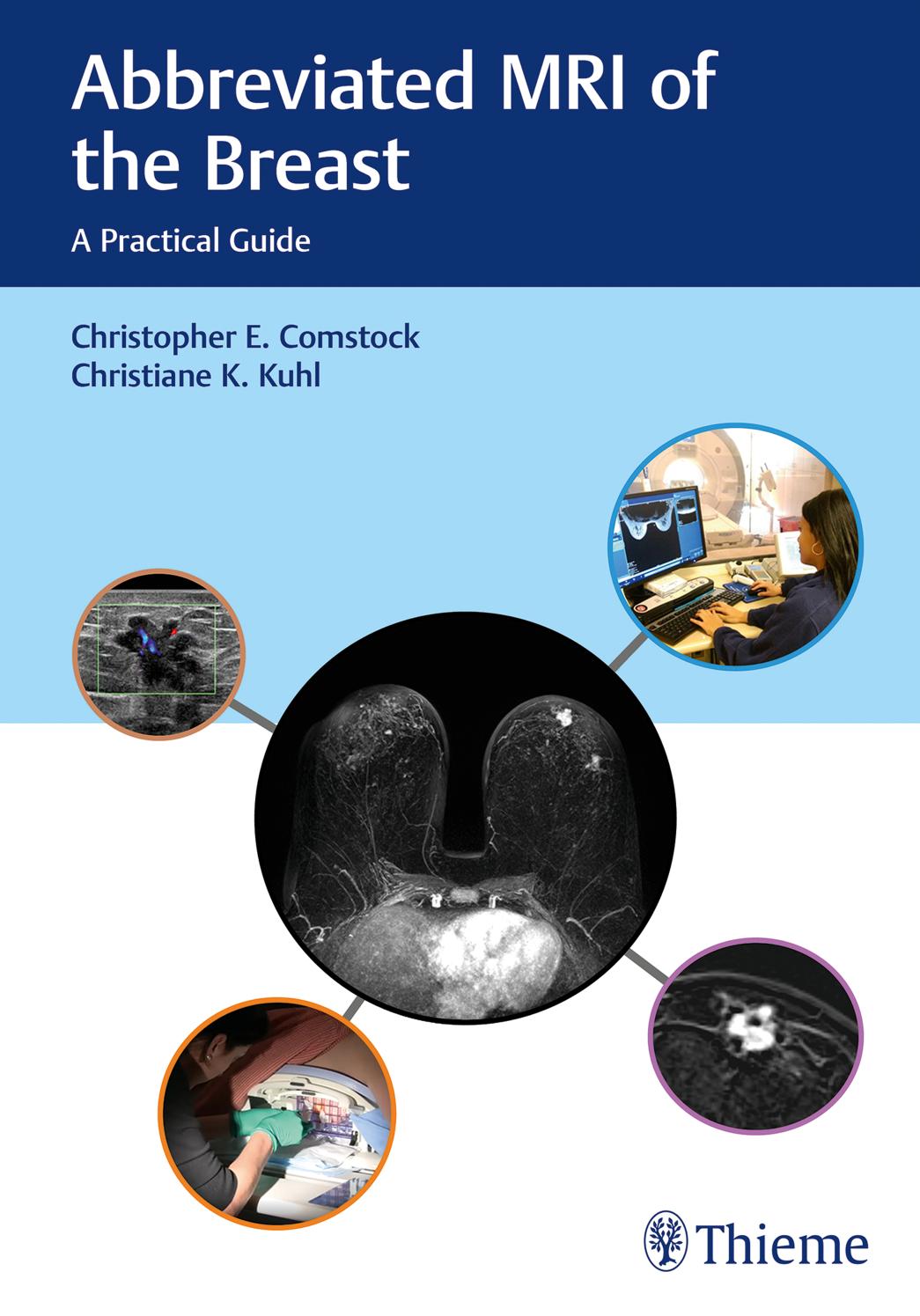

Most ebook files are in PDF format, so you can easily read them using various software such as Foxit Reader or directly on the Google Chrome browser.
Some ebook files are released by publishers in other formats such as .awz, .mobi, .epub, .fb2, etc. You may need to install specific software to read these formats on mobile/PC, such as Calibre.
Please read the tutorial at this link: https://ebookbell.com/faq
We offer FREE conversion to the popular formats you request; however, this may take some time. Therefore, right after payment, please email us, and we will try to provide the service as quickly as possible.
For some exceptional file formats or broken links (if any), please refrain from opening any disputes. Instead, email us first, and we will try to assist within a maximum of 6 hours.
EbookBell Team

4.8
84 reviewsAlthough mammography is the primary method used for breast cancer screening, screening mammography is limited especially in women with dense breasts, which includes nearly 50% of all women in the United States. Despite improvements such as digital mammography, computed aided detection, and digital breast tomosynthesis, breast cancer continues to be a leading cause of cancer-related death in women. The recent proliferation of screening breast ultrasound has led to increased health care costs and false positives, with only a slight improvement in breast cancer detection. It is time for a better test.
This is the first textbook dedicated to the subject of abbreviated breast MRI (AB-MR). The editors are principal investigators in the first multicenter trial evaluating AB-MR. Each chapter is authored by a leading expert in the field of breast MRI.
AB-MR only takes 10 minutes or less to perform, has a comparable cost to screening breast ultrasound, and detects twice as many cancers compared to combined screening with mammography and ultrasound. The improved performance of AB-MR is irrespective of breast density, family history, overall breast cancer risk, and cancer characteristics (e.g. type, staging, invasive or intraductal, primary or recurrent). As such, it will likely become a routine screening tool in women with dense breasts.
Key Features
AB-MR has the potential to help radiologists overcome breast cancer screening limitations and change current standards of practice. This book provides radiologists with the necessary tools to quickly incorporate AB-MR into clinical practice, with an ultimate goal of improved breast cancer detection rates and patient outcomes.